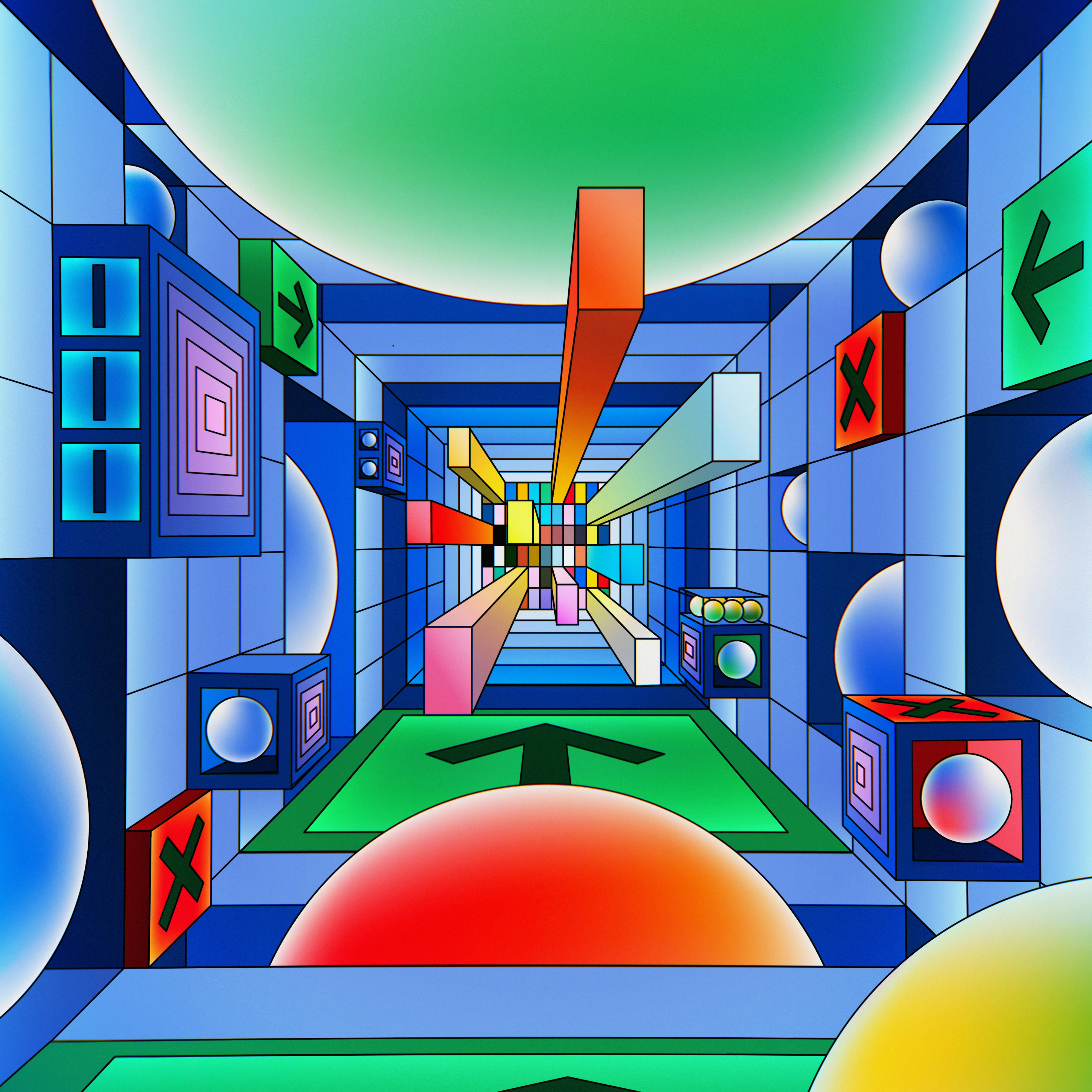A small pocket calculator can calculate the sum of two very large numbers, which would take humans far too long to compute. But it cannot decide what those numbers should be. Artificial Intelligence (AI) is our attempt at making a computer with human-like intelligence so that it can solve more complex problems that have been out of reach for traditional calculators. Recognizing faces, detecting patterns of corruption, developing new genetic drugs, and much more can be tackled by a computer with human-like intelligence. This essay will focus on two core principles: how AI learns and how AI is built.
Firstly, AI learns through a process called machine learning. Machine learning allows AI to improve over time by learning from data. It's like teaching a child to recognize different animals. At first, you might show the child pictures of dogs and cats, explaining the differences. Over time, the child will get better at telling which is which. AI works similarly. Instead of pictures, it uses data. For example, if we want an AI to recognize animals, we can give it thousands of pictures labeled "dog" or "cat." Then the AI begins to look for patterns. For example, the shape of the ears or the tail or the size of the animal. After seeing enough examples, it can start to tell the difference by itself, just like the child. Hence, the more data the AI sees, the better it becomes at recognizing the animals.
There are many ways a human can learn, and artificial intelligence (AI) learns in a similar manner. Generally, AI learns through three main methods: supervised learning, unsupervised learning, and reinforcement learning.
In supervised learning, AI is trained using labeled data, meaning the correct answers are provided during training. The earlier example of labeled pictures would be a form of supervised learning because we tell the computer whether the picture is that of a cat or a dog. However, if we did not provide any information about the pictures that would be unsupervised learning. The goal of supervised learning is usually a yes or no answer. For example, “Is this a cat?” However, unsupervised learning is more about pattern recognition and prediction. Giving answers to questions we did not think about. A good example would be an AI trying to group customers by their purchasing behavior without knowing anything about them in advance. The AI might discover that some customers prefer sports equipment while others prefer electronics, helping companies tailor their marketing strategies.
Finally, reinforcement learning involves an AI agent learning through trial and error by interacting with its environment. For instance, an AI could be used in a video game, where it receives rewards for making good moves and penalties for poor ones. Over time, the AI learns to make better decisions by maximizing its rewards, just like how a child learns from experience when playing a game.
Now, regarding how AI is built, it starts with designing algorithms, which are sets of rules that tell the AI how to think and make decisions. These algorithms are created by humans to guide the AI in processing information. For example, if we want an AI to recognize animals, we give it a specific algorithm that tells it to focus on key features, like the size of the ears or the shape of the tail. When the AI sees an image, it uses these rules to decide whether it’s looking at a dog or a cat.
The structure of AI is similar to how our brains work. Just as our brain breaks down information and learns from experience, AI also processes data step by step to improve its predictions over time. However, unlike humans, AI can handle enormous amounts of information very quickly. Imagine trying to recognize thousands of different animals in just a few minutes — that would be impossible for a human, but an AI can do it effortlessly by following its programmed rules.
One of the most important parts of the AI structure is something called a neural network. This is a structure inspired by the human brain, where there are many small units called "neurons" connected to each other. Each neuron processes a bit of information, like looking at the color of an animal's fur or the shape of its ears. The AI passes this information through layers of neurons, each layer learning something new. For example, in the first layer, the AI might learn to recognize simple shapes, like circles or lines. In the next layer, it can combine those shapes to recognize more complex features, like a dog’s face or a cat’s body.
Neurons in AI work a bit like tiny decision-makers. Imagine you’re trying to figure out if you’re looking at a picture of a dog or a cat. To help, you might ask yourself questions like, “Does it have pointy ears?” or “Is the tail long?” Each of these questions is like a little decision made by a neuron in an AI.
Now, imagine the AI has lots and lots of these tiny neurons, each asking a small question. All these neurons work together, passing their answers to each other, so the AI can make a final decision, like “Yes, this is a dog!”
So, neurons in AI are like tiny helpers, each doing a small part of the job, and when they all work together, they can figure out the bigger picture — just like how we put clues together to solve a puzzle.
There are, of course, many more complex forms and methods of Artificial Intelligence. But all of them are based on the same principles of machines learning how to think like humans by taking inspiration from the human brain. The goal is to combine the wisdom of humans with the powerful computing capabilities of computers. In my opinion, AI, like all human tools, is neither good nor bad. But it is very effective. Learning how to use AI for the benefit of all humans is something we all will have to answer in the coming years.

